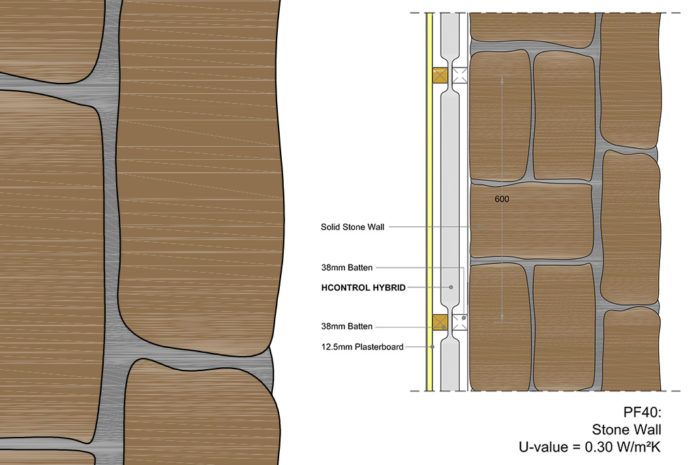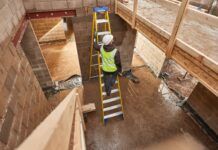
A new specification championing a whole house approach to retrofitting is an important step in the battle to improving the thermal efficiency of Britain’s aged housing stock, says insulation specialist, Actis.
The company’s UK and Ireland technical director Thomas Wiedmer says the specification – PAS 2035:2019 – is particularly important as more than 25% of the UK’s houses are more than 100 years old.
Indeed, with one of the oldest housing stocks in the world, improving insulation is a pretty crucial element in enabling the nation to reduce its carbon emissions, he says.
The standard, which came into effect in the summer, specifies a holistic approach to retrofitting domestic dwellings.
It is a guide for all government supported projects including those under the Energy Company Obligation ECO, but it can be used on a voluntary basis for private homes outside these schemes.
Thomas explained: “The standard champions a matrix approach in which each individual measure is examined in the context of the whole house. This is because one action might have unintended consequences elsewhere in the property. It is important to look at each case on an individual basis.”
Combined with forthcoming changes in Building Regulations, which will probably come into force in 2020 and are expected to impose more stringent energy efficiency targets, PAS 2035 provides a good framework for reaching carbon emission goals, he states.
“One of the unintended consequences which could occur if not looking at the house in its entirety is the appearance of moisture or condensation,” he went on.
“For example, while on the surface it may seem sensible to insulate all external walls to the best possible U-value, this could have unintended consequences elsewhere. Where the ceiling joists meet the walls, in some scenarios, can create a weak thermal bridge. This might lead to moisture build-up and mould growth so it may, counterintuitively, be better to use less rather than more insulation.
“PAS 2035 talks about ‘Concentrating on the interfaces’ which is the right approach. It acknowledges that retrofit projects often go wrong because of poor attention to the corners, junctions and edges of building elements (where insulation and air barriers should be continuous) and the interfaces between the building fabric, the building services and the occupants.
“The matrix approach will also highlight, for example, if a revised ventilation strategy needs to be in place when an airtight envelope is created, to avoid problems with condensation and mould.”
He stressed the importance of adopting a “fabric first” approach.
“It makes financial sense to ensure that the existing building fabric is as energy efficient as possible before spending resources on other measures. Insulation is generally among the most cost effective and long-lasting measures, and thus the best investment.
“It is important that whatever measures are proposed that these are detailed appropriately for the existing pathology of the building, and heritage buildings need particular attention and detailing.”



